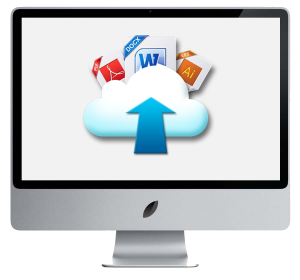Digital publishing is one of the success stories of the internet. Using electronic media to create and distribute texts that can be read on a variety of proprietary hand-held e-readers as well as on PCs, tablets and smartphones has proved popular with readers of all kinds of books. It is easy to understand why. Digital publishing has made it possible to store hundreds or even thousands of texts either remotely or on the device itself and for readers to access those texts with one click. However, there is more to digital publishing than documents containing text. Thanks to the variety of multimedia technologies which can be combined together, there are a host of possibilities for delivering content in compelling and creative ways.

Adding value to an eBook
For eBook creators who wish to enhance their content with the use of multimedia, one technology which has an obvious value is that of text to speech software. For well over a decade, improvements in text to speech software have continued apace and today the best implementations of text to speech technology can deliver some impressively natural sounding readings. Movie clips can also be used to enhance the value of an e-text as can interactive features such as quizzes.
A new set of skills
Digital publishing has made it possible for eBooks to be delivered more quickly than traditionally published books. Moreover, digital publishing has made it possible for the content of those eBooks to be updated when required, whether to add new information to the text or to amend any mistakes in an earlier version. However, while it may be simpler to create a simple eBook than a traditional printed book, creating an e-text which incorporates multimedia resources is another matter entirely. The use of multimedia resources within the context of e-publishing means there is a demand for skills in such as areas as markup languages and the ability to optimise texts for different reading devices, which traditional book designers do not have. As well as the need for such valuable skills as the ability to handle HTML, XML and cascading style sheets (CSS) for the creation of digital texts, eBook designers may also be required to embed sound files, interactive software or video clips into the text.
While most people today associate digital publishing with eBooks that can be downloaded from online retailers or other web sources, by no means all digitally published content is offered online. For instance, there are also books, particularly reference books, such as dictionaries and encyclopedias, as well as some academic and educational texts which are delivered on CD or DVD. As educational tools, these reference books can particularly benefit from the use of audio and video. In a dictionary, for example, multimedia could be used to supply the pronunciation of unfamiliar words and perhaps also to supply examples of their use in a sentence. In an encyclopedia, on the other hand, a helpful use of multimedia resources might be to incorporate short films which supplement and expand on the information delivered in the text or sound files which provide samples of famous musical works.
